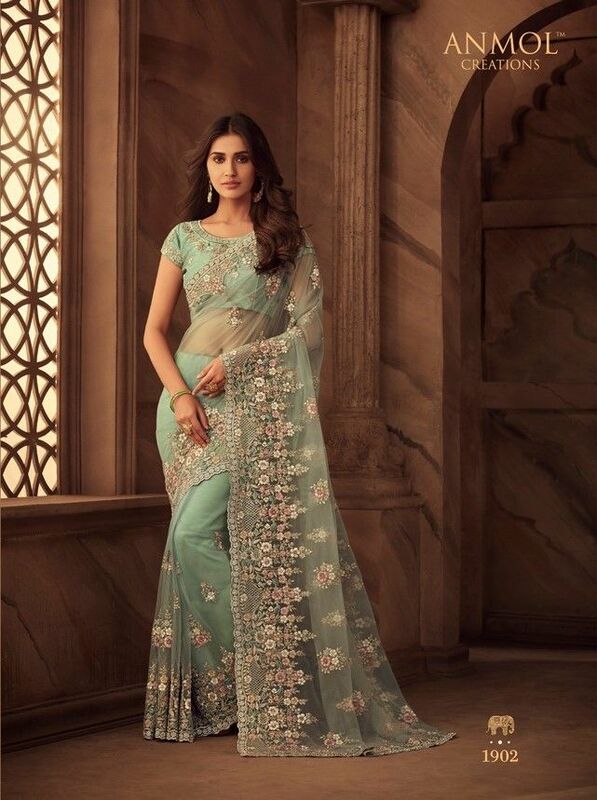Notifications
ALL BUSINESS
COMIDA
DIRECTORIES
ENTERTAINMENT
FINER THINGS
HEALTH
MARKETPLACE
MEMBER's ONLY
MONEY MATTER$
MOTIVATIONAL
NEWS & WEATHER
TECHNOLOGIA
TV NETWORKS
VIDEOS
VOTE USA 2026/2028
INVESTOR RELATIONS
COMING 2026 / 2027
ALL BUSINESS
COMIDA
DIRECTORIES
ENTERTAINMENT
FINER THINGS
HEALTH
MARKETPLACE
MEMBER's ONLY
MONEY MATTER$
MOTIVATIONAL
NEWS & WEATHER
TECHNOLOGIA
TV NETWORKS
VIDEOS
VOTE USA 2026/2028
INVESTOR RELATIONS
COMING 2026 / 2027
About Me
 jeem pk
jeem pk Jeem is a premium clothing brand from Pakistan, renowned for its exquisite luxury pret wear for women. Combining traditional elegance with contemporary designs, Jeem crafts high-quality outfits that radiate sophistication. Each piece reflects meticulous attention to detail, making it a preferred choice for those who seek timeless style and unparalleled craftsmanship.
Posted by - jeem pk -
on - Mon at 4:59 PM -
Filed in - Shopping -
35 Views - 0 Comments - 0 Likes - 0 Reviews

Silk sarees have long been celebrated as a quintessential symbol of grace, heritage, and femininity in South Asian fashion. Woven with threads of tradition and splendor, silk saree designs showcase a rich tapestry of regional artistry and cultural identity. Whether it's a grand wedding, festive celebration, or formal event, the silk saree never fails to make an unforgettable impression. As fashion continues to evolve, the artistry behind silk saree designs also flourishes—offering a beautiful blend of time-honored craftsmanship and contemporary appeal.
The history of silk sarees in South Asia dates back thousands of years. From the ancient courts of Indian royalty to modern red carpets, silk has remained a fabric of luxury and reverence. The production of silk sarees is deeply rooted in regions like Kanchipuram, Banaras, Mysore, and Assam—each contributing unique motifs, textures, and techniques.
Kanchipuram sarees are known for their temple-inspired patterns and bold, contrasting borders. Banarasi silk sarees exude opulence with their Mughal-influenced floral and foliate motifs woven with real gold and silver threads. Meanwhile, Mysore silk offers a more minimalistic, glossy finish, prized for its refined elegance and high silk purity. Every silk saree design tells a story—not only of the wearer but also of the artisans who have preserved their craft across generations.
Silk saree designs have evolved significantly over the decades. Traditionally, they featured elaborate hand-woven patterns inspired by nature, religion, and mythology. Today, designers are reinterpreting these elements by infusing minimalistic aesthetics, geometric shapes, digital prints, and modern embroidery techniques.
Traditional Motifs: Peacocks, elephants, lotuses, and paisleys continue to be integral parts of silk saree designs. These motifs, often weaved into the fabric with zari (metallic thread), symbolize prosperity and auspiciousness.
Contemporary Embellishments: The use of sequins, crystals, pearls, and cutdana (glass beads) is becoming increasingly popular in modern silk sarees, making them ideal for contemporary bridal wear or upscale evening attire.
Color Palettes: While classic colors like red, gold, and green remain staples, there is growing interest in pastel shades like lavender, mint, blush pink, and powder blue. Dual-tone or ombré effects are also trending, giving the sarees a subtle yet dramatic appearance.
Fusion Drapes: Modern draping styles have also influenced the design process. Sarees are now designed with pre-stitched pleats, attached belts, or jacket-style blouses to offer a fusion look without compromising on tradition.
Each region of South Asia brings its distinctive flair to silk saree designs, shaped by local traditions, climate, and materials.
Kanchipuram Silk: Known for its heavy silk texture, vibrant colors, and thick borders with intricate zari work, Kanchipuram sarees are often passed down as heirlooms.
Banarasi Silk: Originating from Varanasi, these sarees feature brocade work with gold or silver threads. They are particularly popular among North Indian brides.
Mysore Silk: Characterized by its lightweight texture and subtle sheen, Mysore silk sarees are favored for both daily wear and festive occasions.
Assam Silk (Muga & Eri): These silks are indigenous to the North-East and are renowned for their natural golden-yellow hue and eco-friendly production methods.
Patola Silk: From Gujarat, Patola silk sarees showcase intricate double ikat patterns, dyed in vibrant colors and reflecting great technical prowess.
Designers are now experimenting with fabric hybrids, combining silk with georgette, chiffon, or net to create breathable, travel-friendly, and budget-conscious alternatives. Additionally, the rise of ready-to-wear sarees and silk lehenga-saree hybrids has introduced a youthful twist, making them more appealing to millennials and Gen Z fashionistas.
Influencers, celebrities, and designers across South Asia are also playing a key role in reviving traditional silk sarees. Social media platforms have turned into runways where classic weaves are styled with belts, crop tops, jackets, and sneakers, proving that silk sarees are not confined to conventional settings.
Silk is a delicate fabric that demands meticulous care. To maintain the luster and longevity of your silk saree:
Always dry-clean it after use.
Store it in a cool, dry place, preferably wrapped in muslin cloth.
Avoid hanging silk sarees for long periods to prevent the fabric from stretching.
Air them out occasionally to avoid moisture build-up and mildew.
By following these simple steps, you ensure your saree remains a treasured piece for years to come—possibly even for future generations.
Silk saree designs are more than just fashion—they are expressions of art, identity, and emotion. Each thread is imbued with the patience of the weaver, the cultural richness of its origin, and the pride of the wearer. As fashion becomes increasingly globalized, the silk saree stands tall as a reminder of heritage with the power to adapt, reinvent, and inspire.
